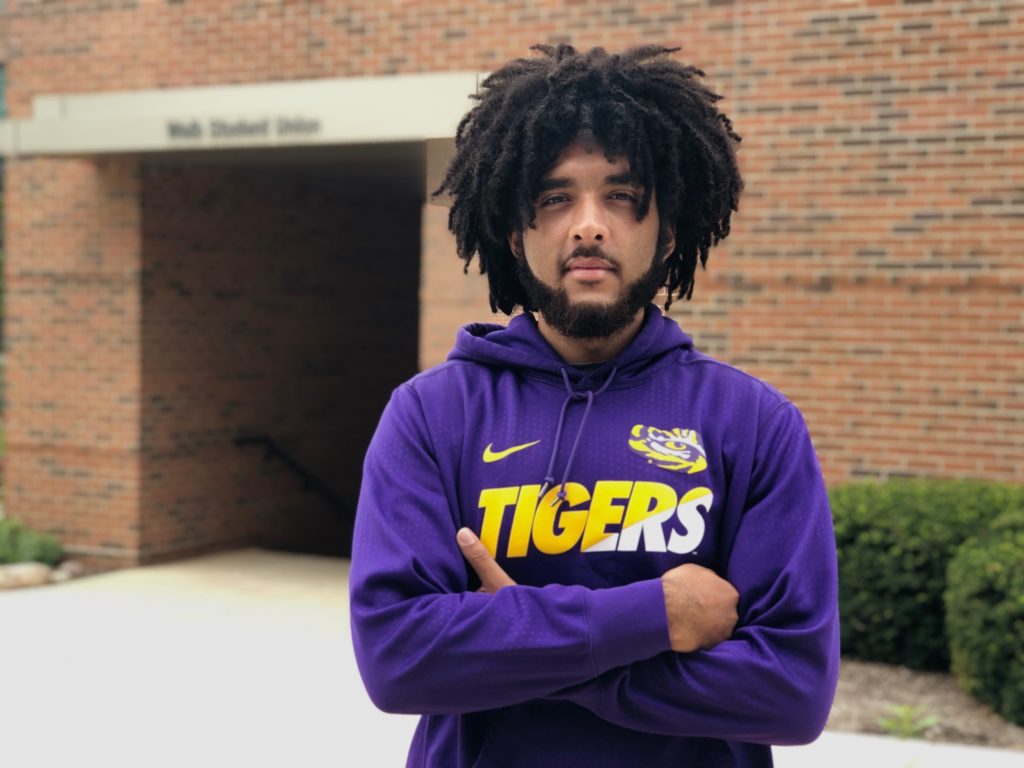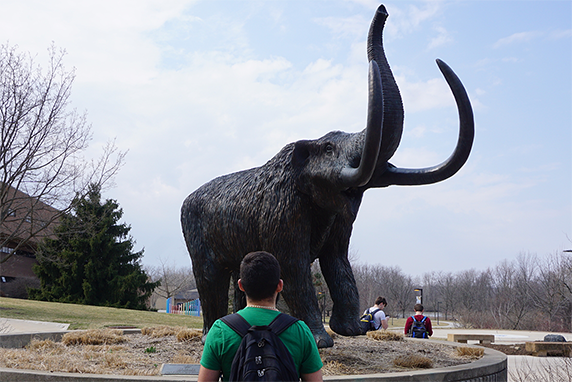Reading the nutrition facts label – it’s a common thing to do in the grocery store when starting a new diet. Calorie, carbohydrate and fat content are the usual suspects during this endeavor.
But wait a second.
There’s a neatly-packaged and healthy-looking food container sporting a “gluten-free” label sticking out against the others. Didn’t Karen at work mention the other day trying the gluten-free diet and feeling better afterward? The gluten-free food is more expensive than the others. Inevitably the gluten-free food finds its way into your cart and out of the store.
So what’s with all this talk about gluten-free diets? More importantly, what is gluten and why has it suddenly become a problem for so many in the last 10 years?
First, it’s important to know exactly what gluten is and where it can be found. According to Robert Shmerling of Harvard Health Publishing, gluten is a protein that can be found in many grains, with the most common being wheat, rye and barley. Foods like bread, pasta, pizza and cereal are all sources of gluten. The condition that is most commonly responsible for gluten intolerance is celiac disease. It is a condition that causes the immune system to attack the lining of the small intestine when gluten is ingested and it is estimated that 1 in 133 Americans, or about 0.75 percent of the population, suffers from it. If someone with celiac disease eats something that contains even small amounts of gluten, they can experience symptoms like instant gas, bloating, diarrhea, constipation, headache, trouble concentrating, and fatigue.
So why do one in three Americans, many of whom don’t suffer from celiac disease, have a desire to reduce their gluten intake? There has to be more to the gluten-free fad than meets the eye. The issue that has gained traction is something called “non-celiac gluten sensitivity.” Adam Gehring, a clinical dietitian from Parkview Lagrange Hospital, said it is not known from a medical perspective if non-celiac gluten sensitivity exists.
“Whenever we get into that realm that’s whenever we start to leave research,” Gehring said. “We start to actually enter into the realm of speculation.
According to Beyond Celiac, a national organization focused on raising awareness for celiac-related illness, there are an estimated 21,000,000 Americans needing a gluten-free diet. Additionally, celiac disease is commonly misdiagnosed in as many as 83 percent of those suffering from the condition.
Gehring said many individuals who don’t have celiac disease but report feeling better after eating gluten-free food likely didn’t have the best diet in the first place. Foods such as meat, fruit, vegetables and dairy are already healthy gluten-free options. Gehring said as a result, it’s no surprise people begin feeling better when they begin eating these foods. This scenario of correlation not equaling causation, as well as people not following a strict gluten-free diet, is why Gehring said non-celiac gluten sensitivity is speculation even though research says it might be real.
“It’s almost like a lot of people today just do a gluten-reduced diet and they feel a lot better from it.” Gehring said.
According to Robert Shmerling of Harvard Health Publishing, there are many reasons the gluten-free diet has become popular. One reason is the intuition that it just seems like a good idea. Other convincing reasons to adopt a gluten-free diet include celebrity endorsement and logic. If gluten is bad for those with celiac disease, maybe it’s bad for other people too. Testimonials from other people and marketing also contribute to convincing people to reduce their gluten intake. With there being hundreds of gluten-free meal and snack ideas on the internet, it’s clear that many people are now considering their gluten consumption.
A 2014 study from the International Journal of Food Sciences & Nutrition said there are people that say they experience digestive problems but not a severe reaction when eating gluten. The study went on to say the next chapter of gluten sensitivity is more clinical research since a larger amount of data are needed to confirm these stories. Even though experts say non-celiac gluten sensitivity is currently speculation and research on it is sparse, gluten intolerance is still a very real issue for those with celiac disease.
Jessica Reynolds, 27, said she was diagnosed with celiac disease when she was 17 and had to make tough lifestyle changes.
“Gluten-free food is actually more expensive than regular food because of the way they have to process it and make sure nothing gets in it,” Reynolds said. “You kind of have to cut expenses from other places to be able to afford the food.”
Another lifestyle change Reynolds said she had to make was changing the lip balm she used. Reynolds said she discovered something called “hidden sources of gluten” from her dietitian when she found out her lip balm was made with wheat germ.
“I just kept getting sicker and sicker and sicker and couldn’t figure out why,” Reynolds said. “I checked the packaging of the chapstick I was using and wheat germ was used as a binding agent in the chapstick.”
Since being diagnosed with celiac disease, Reynolds said the lifestyle has become second nature to her but she doesn’t understand why the gluten-free diet became so popular.
“I actually think it’s completely ridiculous that it’s a diet because unless you need it, it’s not as healthy for you,” Reynolds said. “It’s generally higher in carbohydrates and fats because of all the substitutes you have to use and wouldn’t cause anyone to lose weight.”
So the next time you’re reading the nutrition facts label during a trip to the grocery store, you’re welcome to try gluten-free foods – but Reynolds recommends finding research on gluten intolerance from reputable sources, and Gehring recommends visiting a registered dietitian if you think you have gluten intolerance. After all, non-celiac gluten sensitivity still lies within speculation and needs research to determine its existence.



